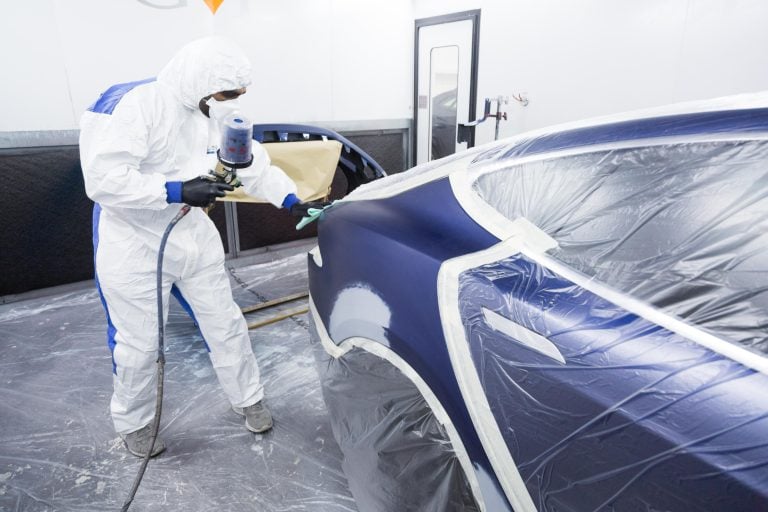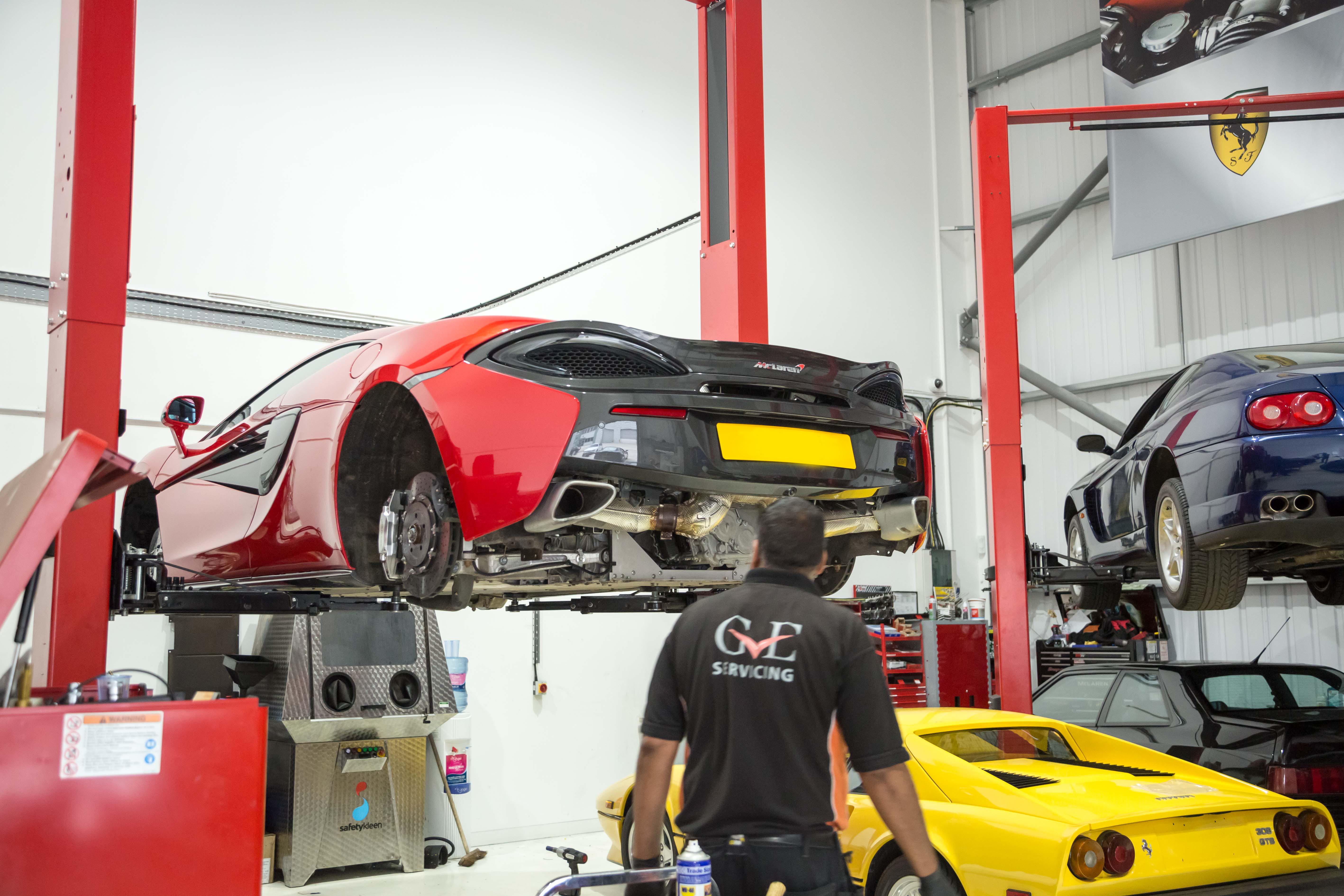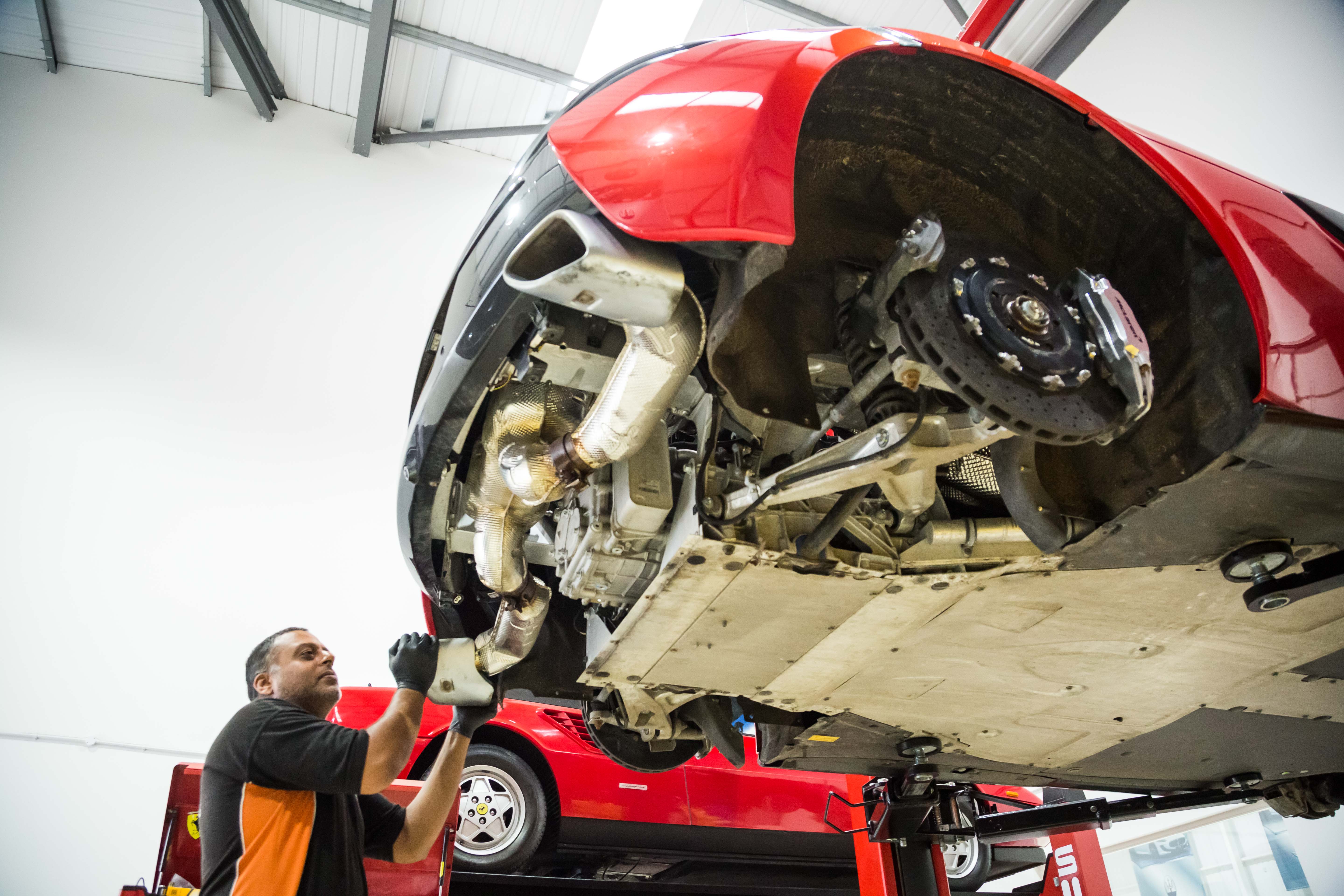- Bodyshop Case Studies
What to Expect During a Car Insurance Repair Process? | GVE London – Blog
Understand each stage of the car insurance repair journey—from filing a claim to final inspection—for a smoother, stress-free, and well-informed experience.
Accidents often disrupt more than just your commute as they often carry the paperwork, lead to delays with repairs, and uncertainties about the upcoming nexts. Several drivers are often left wondering how long the process takes or whom they can rely on with their vehicles. Lack of adequate details can make you misinformed or stressed. Knowing what happens right after filing for a claim can help you regain your control and prepare accordingly during every stage of your car insurance repair.
Understanding the Stages of a Car Insurance Repair Journey
Gaining clarity on the process can help reduce any astonishment, keep expectations realistic, and put you in better control. In the following sections, we will break down what generally happens once the car insurance claim is filed.
Filing the Initial Car Insurance Claim
The initial step is to contact your car insurance provider. Claims can be submitted through the website, phone line, or mobile app. The critical details to gather include the accident dates, event history, images of vehicle damage, and details about those involved.
An insurance adjuster might be assigned to review your case. Their role includes assessing the coverage terms and determining whether the damages will be approved for repairs. Precise detailing can help avoid any unforeseen delays or challenges during this stage of the car insurance repair process, mainly while coordinating with a reliable car body shop.
Getting the Repair Estimate Approved
Once the claim is processed, the insurer or your chosen car body shop offers an estimated outline of the required repairs, cost, and timeline. Insurance companies suggest using a network of approved repairers, which can sometimes speed up the authorisation.
Drivers are mainly allowed to select their dedicated repair facility as long as the estimate is transparent and within the coverage limits. Ensure to confirm the car body shop that includes the labour, parts, and paintwork in the breakdown to ensure a seamless claims process.
Handing Off the Car for Repairs
As soon as the insurer gives the go-ahead, you can arrange for your car to be fixed. Some good repair stores will interact with insurance providers as needed and handle the associated paperwork and conversations about your case.
The method of repair varies based on the type of harm, which could involve replacing panels, aligning the frame, working on the mechanics, or needing electronic adjustment. A good shop will regularly contact you, whether by email, text, or phone, so you are always informed about your car insurance repair.
Expecting Supplement Repairs When Necessary
During disassembly, technicians may encounter damage they did not see when the device was inspected before. These unexpected issues require a supplemental claim. The store tells insurance, after which the adjuster might need to examine or review new repair quotes before approving.
While getting the car back can take time, it is very important to ensure every issue is addressed.
Read Also: The Do’s and Don’ts of Submitting Accident Details for Insurance
Final Quality Check Before Vehicle Release
As soon as the repairs are done, the shop will carry out a final check. This includes panel alignment, the consistency of the paint, running diagnostics, and a test drive if required. Recalibrating sensors like the lane departure or adaptive cruise systems may be necessary on modern cars.
Before getting your rental vehicle, you will have to sign a release form. Now, have a look at the finished report and inquire if you spot anything that isn’t clear. Repair shops you can rely on welcome suggestions from customers and will help you understand the process.
Handling Deductibles and Payments
After the repairs, your insurance company may require that you pay a deductible, which depends on your policy. Usually, you pay this amount to the shop before you can get your car back. If you get the insurance payment directly, be sure to give that check to the repair shop. Keeping yourself updated about your policy’s cost contributions helps prevent misunderstandings or unexpected payments.
Picking Up and Inspecting Your Repaired Vehicle
If your car is done, they will contact you to make an appointment for pickup. Inspect the vehicle carefully by yourself before putting your signature on anything. Check the repaired places in good light, listen for anything unusual, and test that all the dashboard lights are not lit.
A reliable shop should offer a limited warranty for its labour and paint work. Keep your documents because they are proof if you have any issues after you leave the treatment centre.
Best Practices for a Smooth Insurance Repair Experience
A couple of smart steps can help you avoid the general frustrations, like:
- Taking clear damage photos after an accident.
- Choose a car bodyshop experienced with insurance claims.
- Select a car bodyshop with experience in handling insurance claims.
- Keeping detailed records of calls, emails, and estimates.
- Remain proactive with questions and follow-ups.
- Never feel pressured into using the preferred shop of insurers if you have a better option.
Small steps such as these will help you maintain better control during any chaotic process, improving the odds of a seamless experience.
Conclusion
Knowing about the things that happen during a car insurance repair process offers you peace of mind during the chaotic times. A reliable repair team can help restore the performance, aesthetics, and safety. If you have a high-end or performance model, GVE London offers a top-notch solution. Our services include supercar body shop repair, luxury vehicle servicing, wraps, detailing, and paint protection film. Contact us today to schedule for vehicle care or repair appointment!
Frequently Asked Questions
You are allowed to ask for OEM parts, though some policies will cover only aftermarket options. Review your policy and explain your choice to either the repair crew or the person handling your claim.
It is affected by your fault, prior claims, and what your provider allows. Even a small claim can affect your premium. Ask your insurer each time how a claim will affect your premiums as we advance.
Visit the repair shop right away and note down the problem. Most reputable body shops will address quality concerns. Let your insurer know if issues arise, and when in doubt, contact us.
Contact Us
"*" indicates required fields
OUR SERVICES
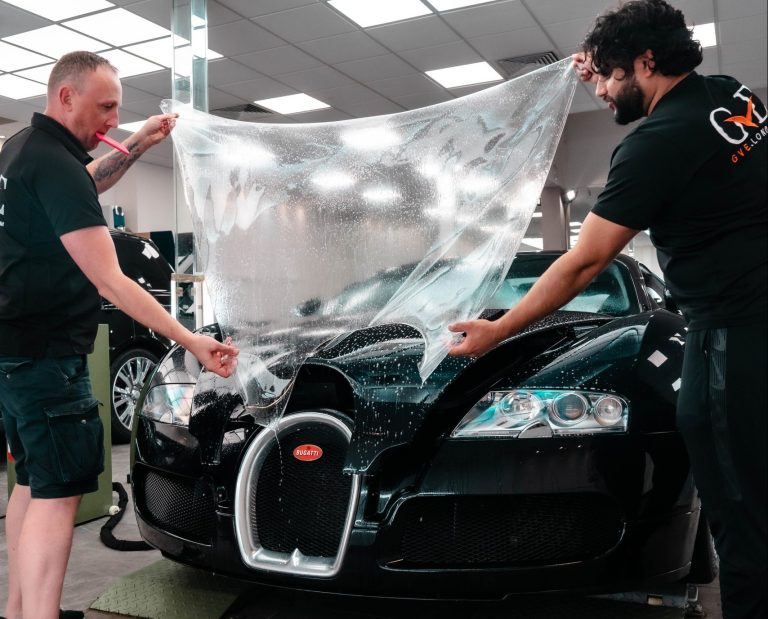
PAINT PROTECTION FILM
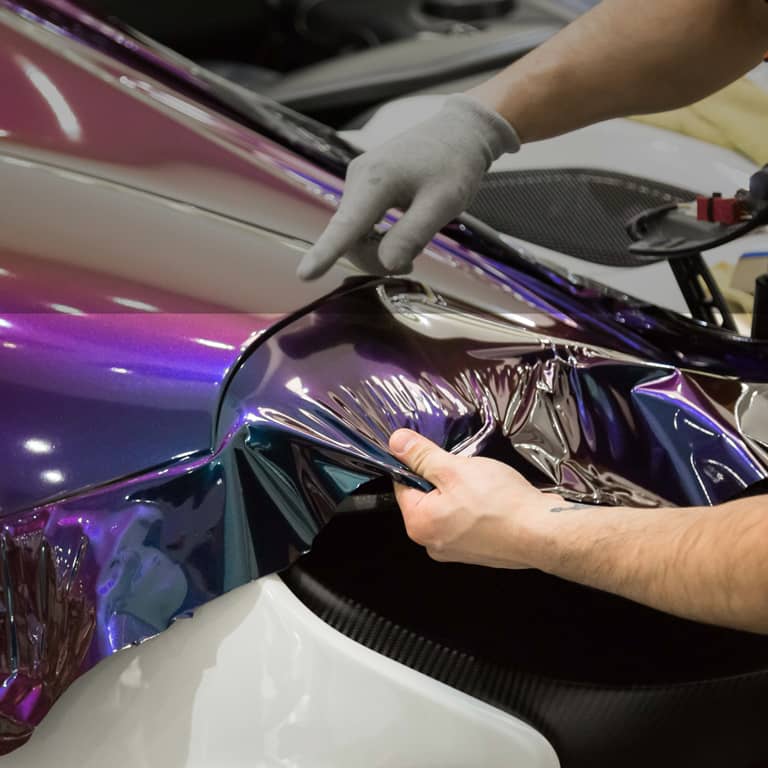
WRAPPING

SERVICING
